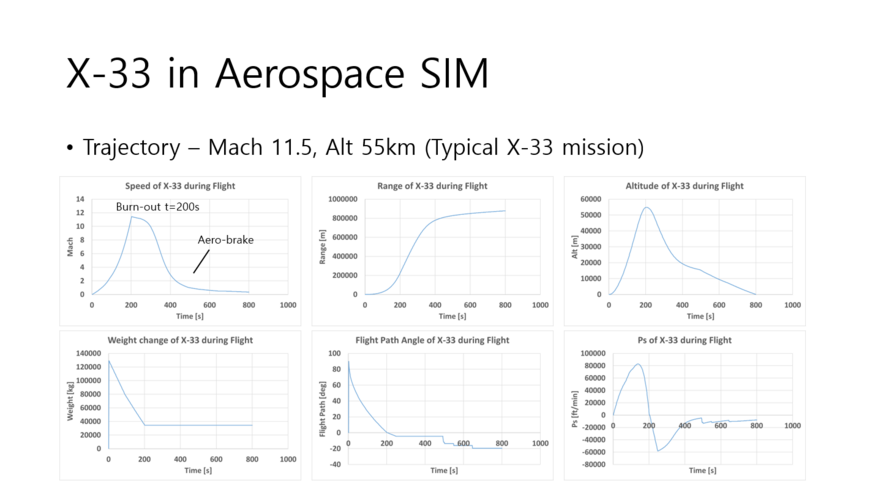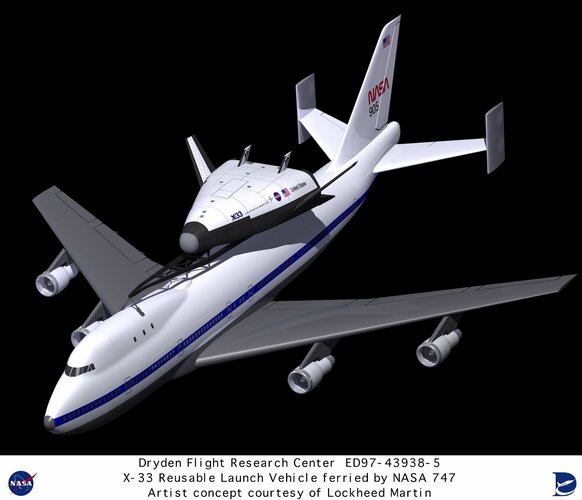Could that linear aerospike work better on Phil Bono's very larger saucer HLLV....I could see it between the two vertical fins...perhaps with Big Onion type water landings....except of a skimming sort.
I like the idea of very wide, flat payloads that could offer....even wider than that afforded by OTRAG's largest cluster concept.
As to the actual question here, I think the linear aerospike would work on such a vehicle but it's far from enough to actually get SSTO by itself. Bono's 'saucer' as I understand it was mostly to show how NOT to design an SSTO but at a time when the military (specifically) was interested in the Lenticular Reentry Vehicle design concept, (the "Flying Saucer Orbital Bomber' which was actually just a control and servicing vehicle but who doesn't like "click-bait" titles
You'd still likely need more propellant than could be contained internally to make a decent go of SSTO and frankly at that point it's not really any better than making a whole separate stage instead. Though I understand it was Bono's work on things like the "saucer" that got him to embrace drop-tank SSTO designs.
SSTO in general has some glaring issues that tend to get glossed over with the claims of 'easy and cheap recovery and turn-around' which themselves don't really look to pan out considering the margins you have to play with. (Or don't as the case may be
Randy


